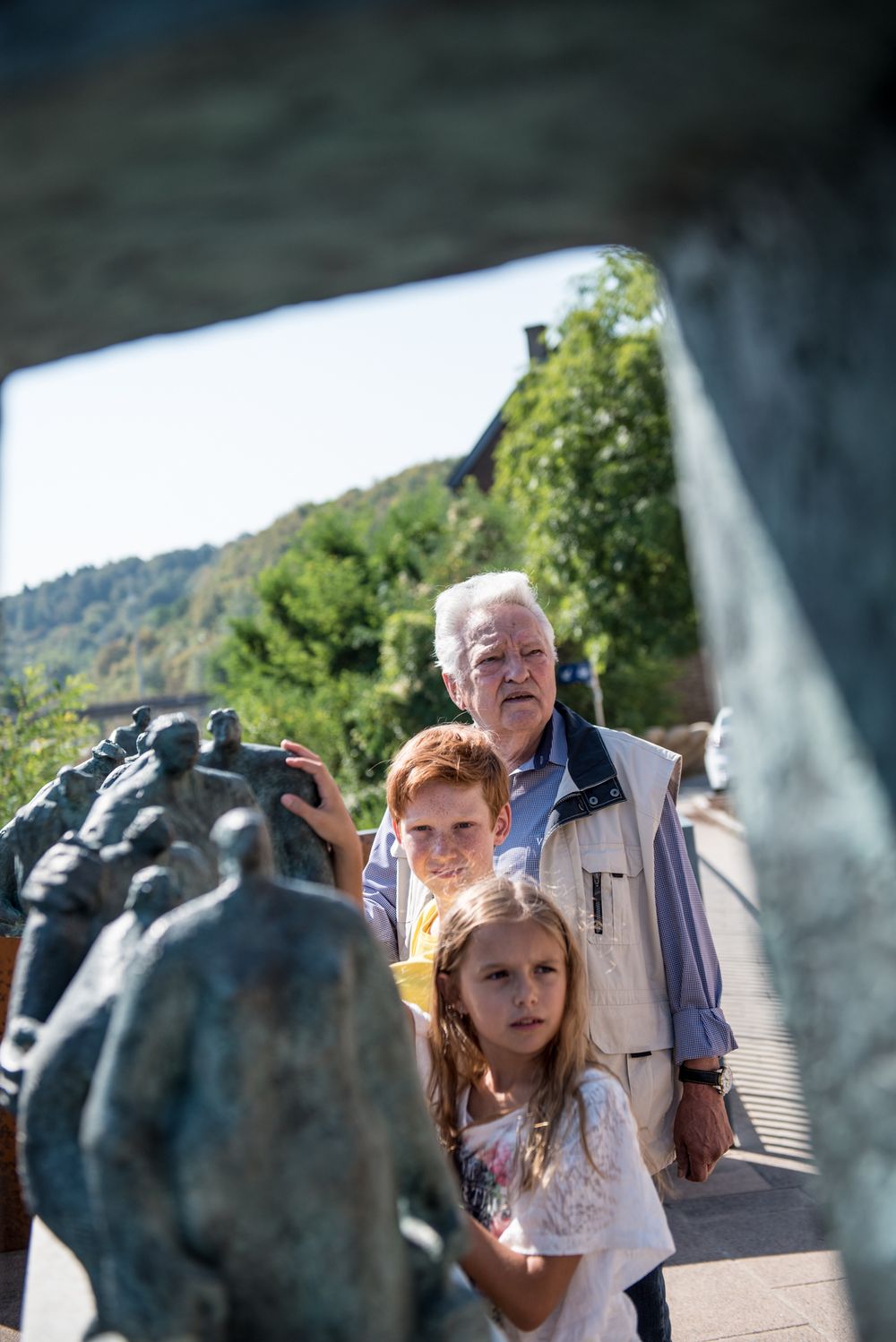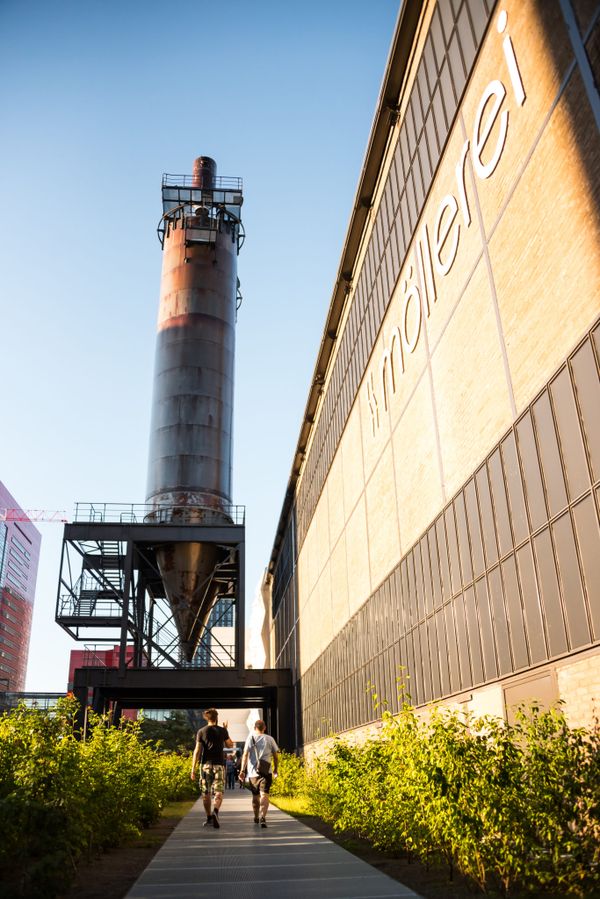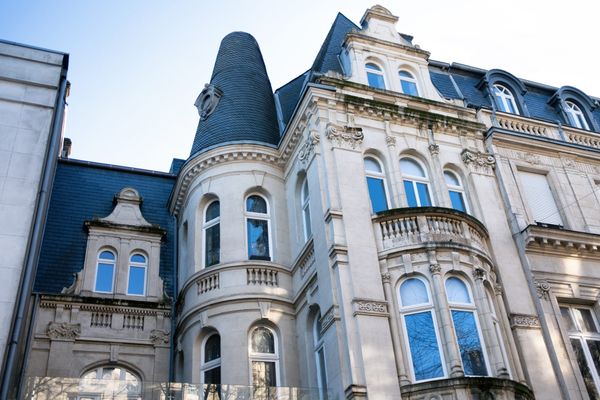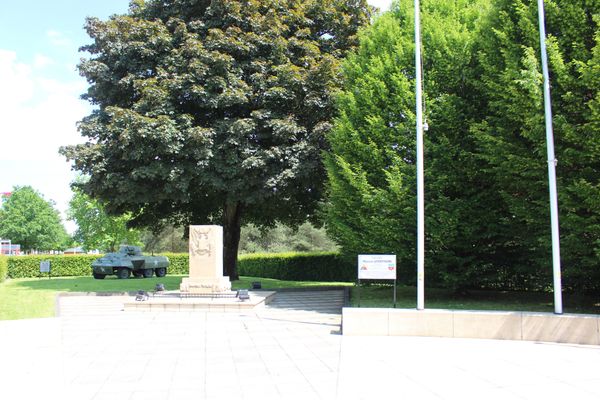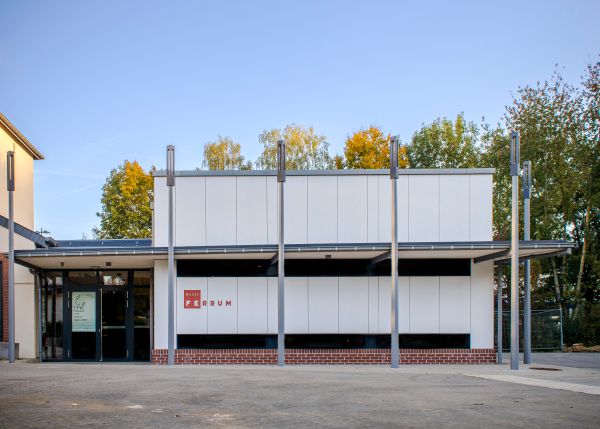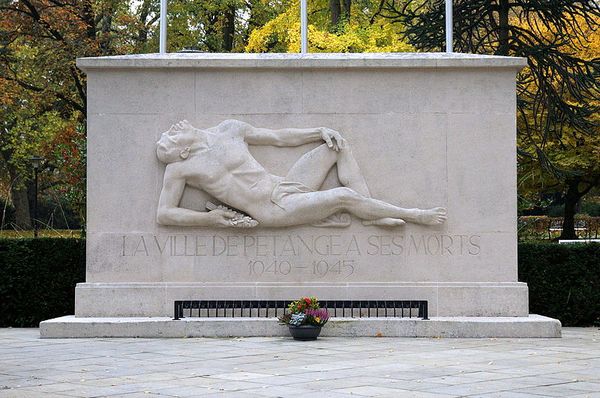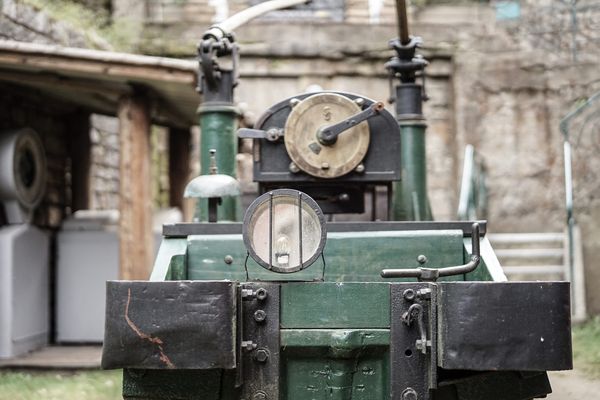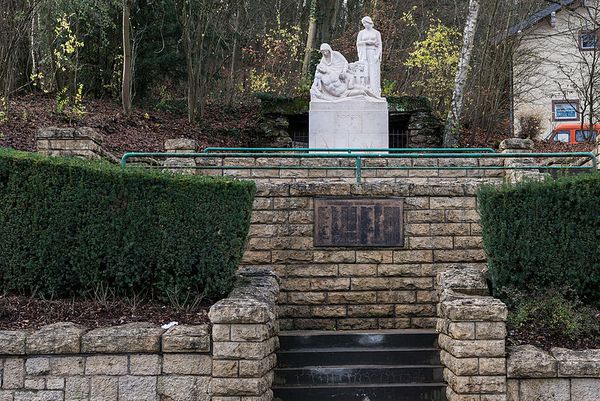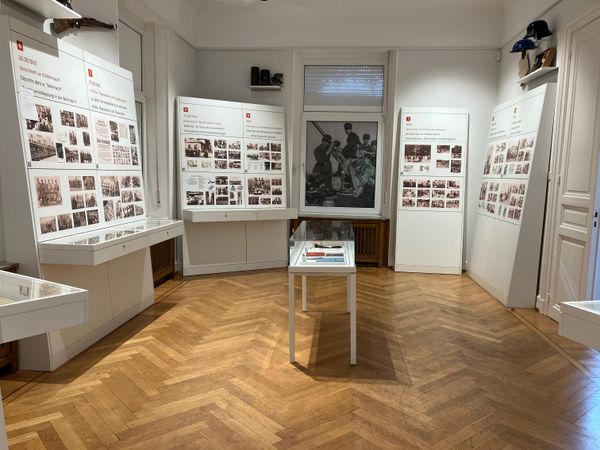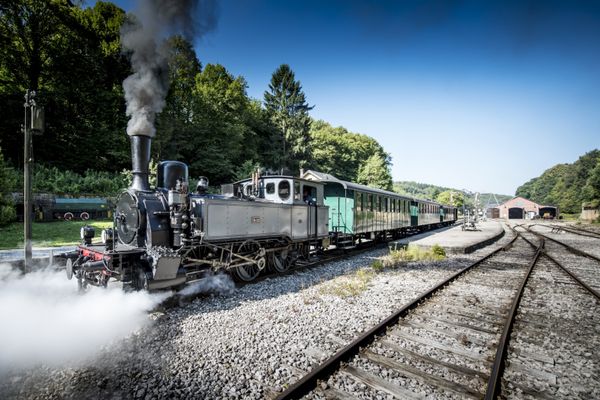
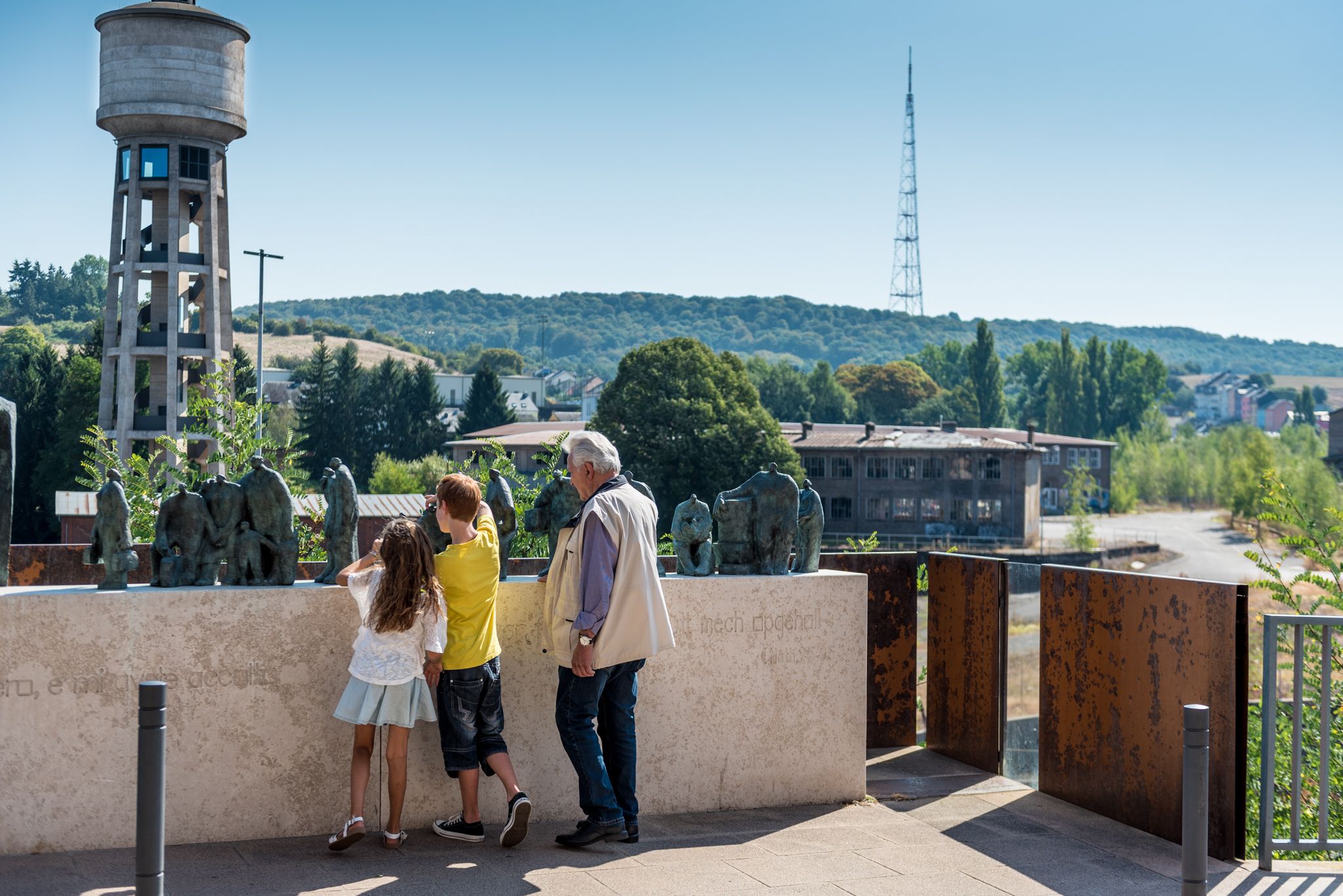
Mémorial "Porte d'Italie"
Where? Gare-Usines, L-3481 Dudelange
A historic bond that should never be forgotten
The sculpture shows Italian immigrants, carrying their suitcases and crossing the "Porte d'Italie", the bridge symbolically separating the "Italian" district from the center of the city. On the other side of the gate they are welcomed by a family. On the base the Italian and Luxembourgian text of Matthew 25:35: Ero straniero, e mi avete accolto - "I was a stranger and you welcomed me."
Culture info
- Visit possible (& visit information): Visit possible via the CDMH www.cdmh.lu
- History
- Art
Opening hours

